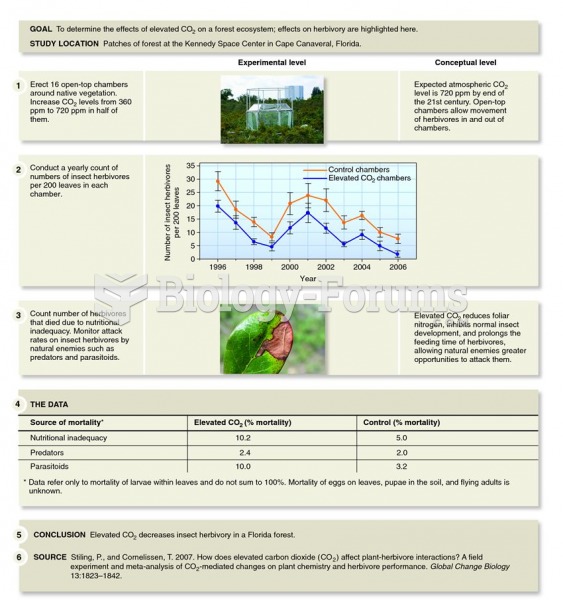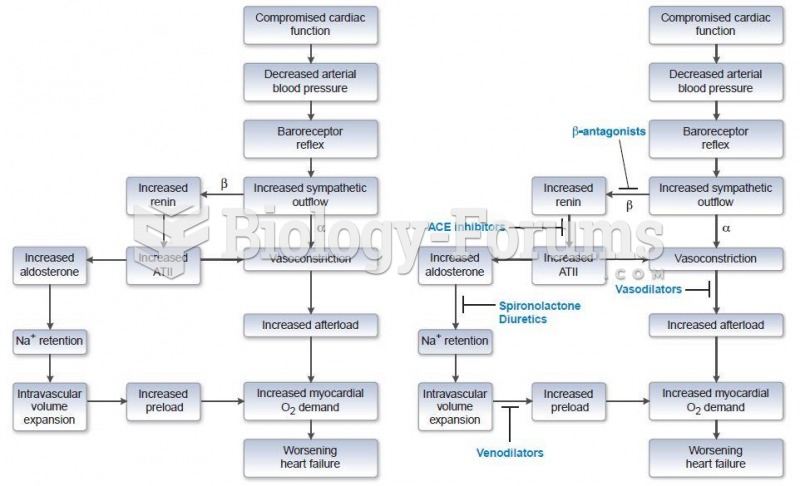Answer to Question 1
3
Rationale 1:Assuring the parent that symptoms will be cured and the child will outgrow or have no further symptomatology would be premature at this point.
Rationale 2:About 60 of these infants continue to have symptoms into adulthood.
Rationale 3: Ten percent of infants and young children experience symptoms of dermatitis. Roughly 60 of these infants continue to have symptoms into adulthood.
Rationale 4:Assuring the parent that symptoms will be cured and the child will outgrow or have no further symptomatology would be premature at this point.
Global Rationale: Ten percent of infants and young children experience symptoms of dermatitis. Roughly 60 of these infants continue to have symptoms into adulthood.
Answer to Question 2
1, 2, 3, 4
Rationale 1: Crusty and cracked areas can be caused by lack of moisture, extremely dry conditions, or severe temperatures; areas affected by lack of moisture include the lips, corners of the mouth, nose, area between the fingers and toes, and joint areas.
Rationale 2: There are many types of bacterial, fungal, parasitic, and viral infections that occur throughout the body; ticks, lice, and mites are common problems associated with hairy skin.
Rationale 3: Blisters and calluses can be caused by improperly fitting shoes, or clothing can cause mechanical stress and abrasion, leading to these symptoms.
Rationale 4: Lack of attention to an area of the body for a long time can cause unhealthy skin, as occurs in elderly, bedridden patients and those who are wheelchair-bound.
Rationale 5:Acne and blemishesisincorrec t because these are not associated with stress or injury to the skin.
Global Rationale: Crusty and cracked areas can be caused by lack of moisture, extremely dry conditions, or severe temperatures; areas affected by lack of moisture include the lips, corners of the mouth, nose, area between the fingers and toes, and joint areas. There are many types of bacterial, fungal, parasitic, and viral infections that occur throughout the body; ticks, lice, and mites are common problems associated with hairy skin. Blisters and calluses can be caused by improperly fitting shoes, or clothing can cause mechanical stress and abrasion, leading to these symptoms. Lack of attention to an area of the body for a long time can cause unhealthy skin, as occurs in elderly, bedridden patients and those who are wheelchair-bound. Acne and blemishes are incorrect because these are not associated with stress or injury to the skin.







